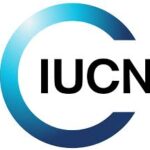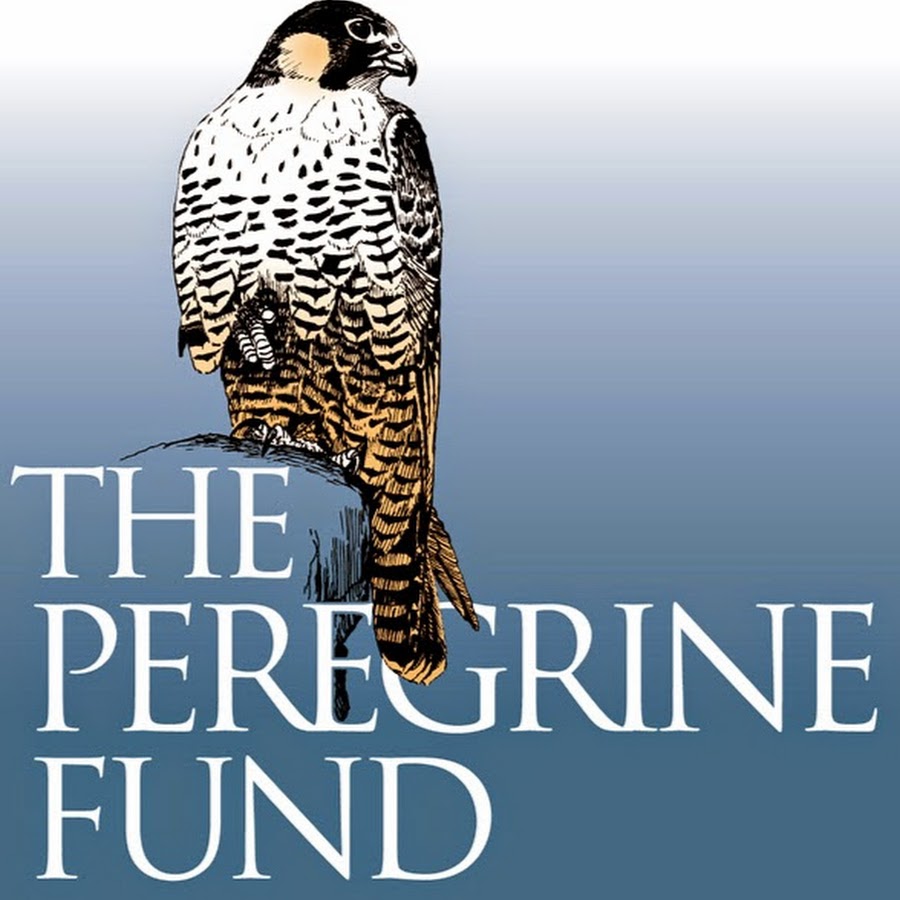Roy is an African chimpanzee
(Pan troglodytes): great apes found across central and West Africa. Along with bonobos, they are our closest living relatives, sharing 98.7 percent of our genetic blueprint. Humans and chimps are also thought to share a common ancestor who lived some seven to 13 million years ago.
Threats to survival:
The International Union for the Conservation of Nature has declared the chimpanzee an endangered species—and the booming human population is primarily to blame. As humans move into more and more of the chimp’s geographic range, they clear away the ape’s forest habitat to make way for agriculture. Logging, mining, oil extraction, and new road and highway projects threaten to further degrade and fragment the chimp’s habitat.
Roy has been at Ol Pejeta since December, 2009, when he was only a few months old. Ol Pejeta, in their “Meet The Chimps” section of their website have this to say about Roy.
“Gender: Male
DOB: 2009
Origin: Democratic Republic of Congo
Roy was rescued from Rumbek, southern Sudan on 2nd October 2009, where he had been living in a 2ft by 2ft steel cage. and was housed at the KWS quarantine facility for health monitoring and observation. He was then transferred to the Sweetwaters Chimpanzee Sanctuary on 14th December 2009. He is believed to have originated from the Democratic Republic of the Congo, probably orphaned by the illegal bushmeat trade and illegally transported to southern Sudan. He was confiscated by the Wildlife Conservation Administration of Sudan and handed over to volunteers who cared for him while a sanctuary was identified to transfer him to.
Roy has adapted wonderfully at Sweetwaters and is a happy and healthy chimpanzee. He is undaunted and this has elevated him to the position of a senior male within a very short time, very playful making friends easily and is extremely good friends with Romeo.”
About the painting:
This is for me, a rare multimedia piece, in which I used pen and ink to define facial wrinkles, watercolor to lay in the basic painting, with wet-on-wet bleeds and multiple coats of glaze, aquarelle colored pencils to highlight the minuscule pebbled wrinkles of his face and gouache to pick out individual hairs.I have been planning this work since 2017, when I took the reference photo of Roy during a visit to the chimp sanctuary at Sweetwaters, operated by Ol Pejeta. Roy had been sharing food with his friend Romeo, and was enjoying a quiet moment of repose.
I liked the lighting and was captivated by his pensive expression.He has a penetrating, almost judgmental gaze when you catch his eye, as if he is assessing your character for threat or opportunity. I tried to capture this expression in the painting so viewers would feel an emotional connection to this magnificent ape.
The painting won the Medal of Excellence at the 2022 Artists for Conservation juried exhibition, and was one of 12 artworks selected for the 2023 AFC calendar.
Make a statement in any room with this framed poster, printed on thick matte paper. The matte black frame that’s made from wood from renewable forests adds an extra touch of class.
• Ayous wood .75″ (1.9 cm) thick frame from renewable forests
• Paper thickness: 10.3 mil (0.26 mm)
• Paper weight: 189 g/m²
• Lightweight
• Acrylite front protector
• Hanging hardware included
• Blank product components in the US sourced from Japan and the US
• Blank product components in the EU sourced from Japan and Latvia
How to attach hooks on 24″ × 36″ horizontal frames:
Place each of the mounting hooks 1 inch (2.5 cm) from frame corners when hanging horizontally.
This product is made especially for you as soon as you place an order, which is why it takes us a bit longer to deliver it to you. Making products on demand instead of in bulk helps reduce overproduction, so thank you for making thoughtful purchasing decisions!
Age restrictions: For adults
EU Warranty: 2 years
In compliance with the General Product Safety Regulation (GPSR), Oak inc. and SINDEN VENTURES LIMITED ensure that all consumer products offered are safe and meet EU standards. For any product safety related inquiries or concerns, please contact our EU representative at gpsr@sindenventures.com. You can also write to us at 123 Main Street, Anytown, Country or Markou Evgenikou 11, Mesa Geitonia, 4002, Limassol, Cyprus.





